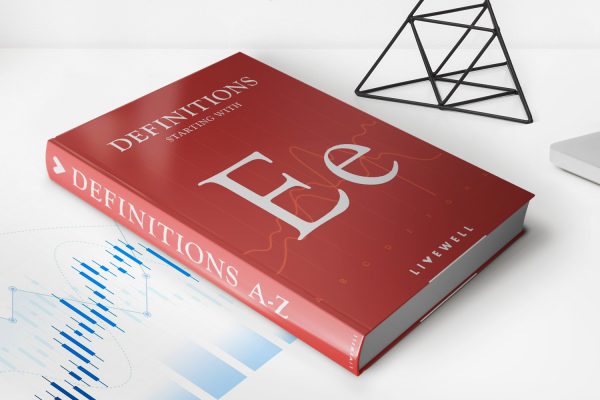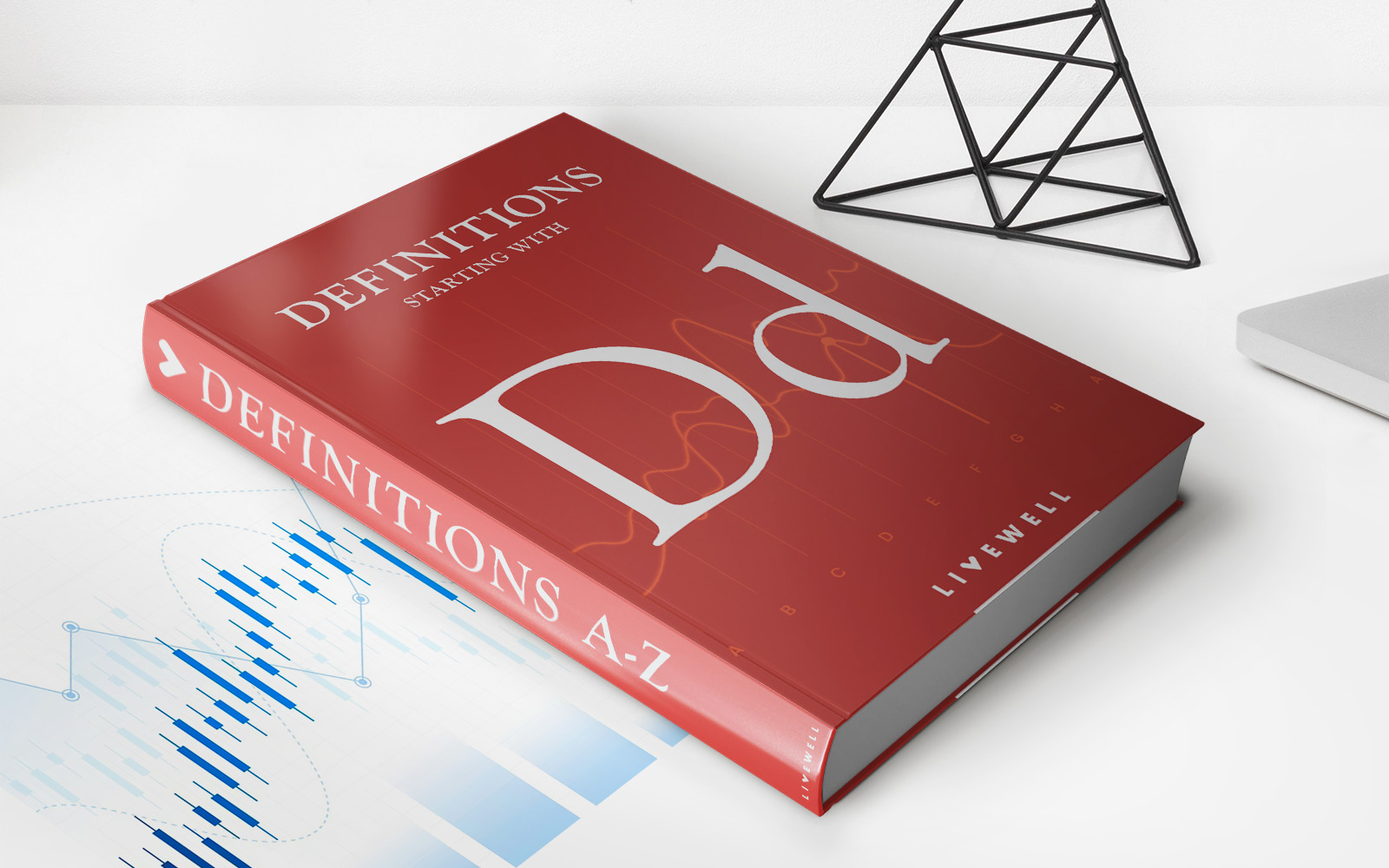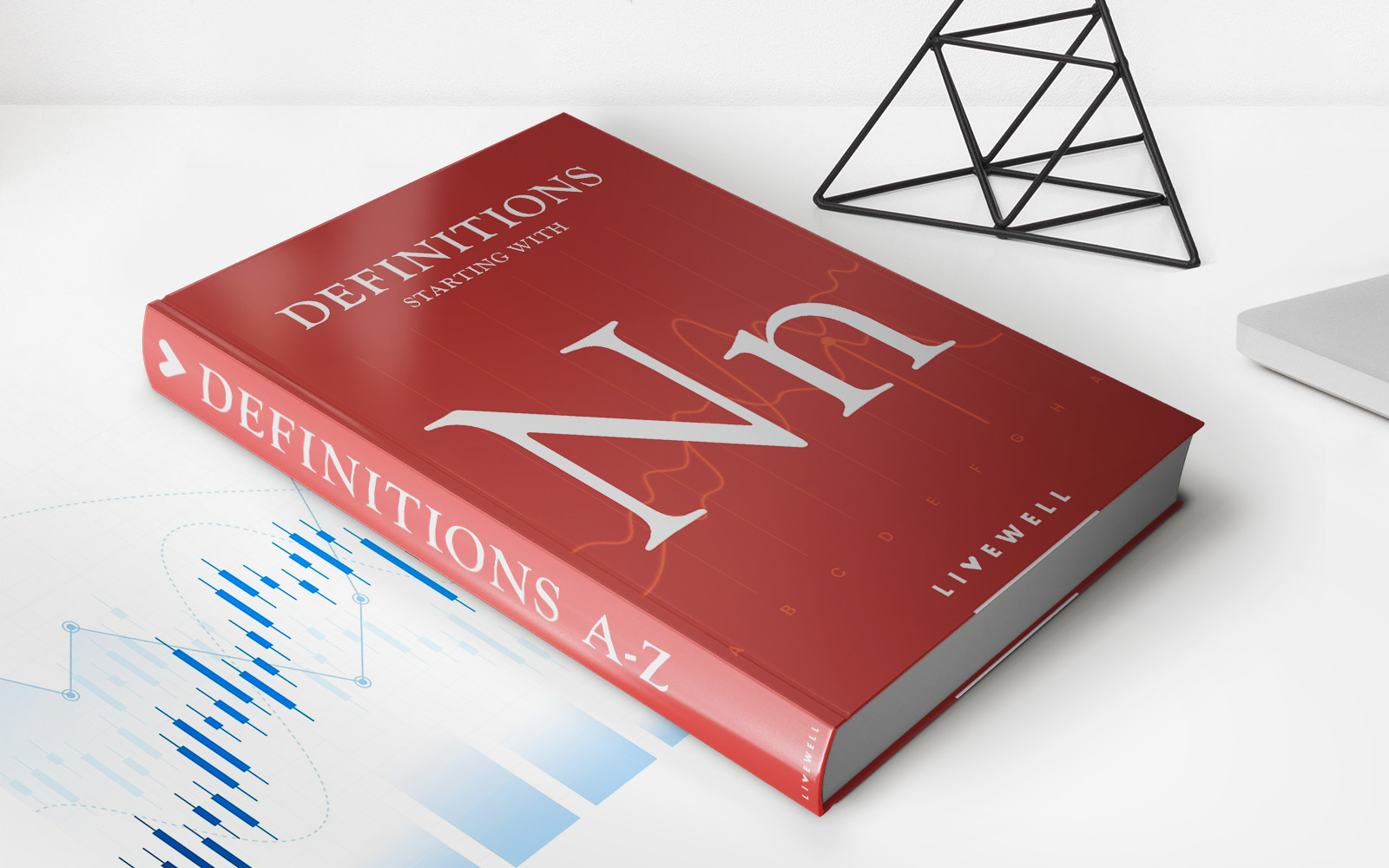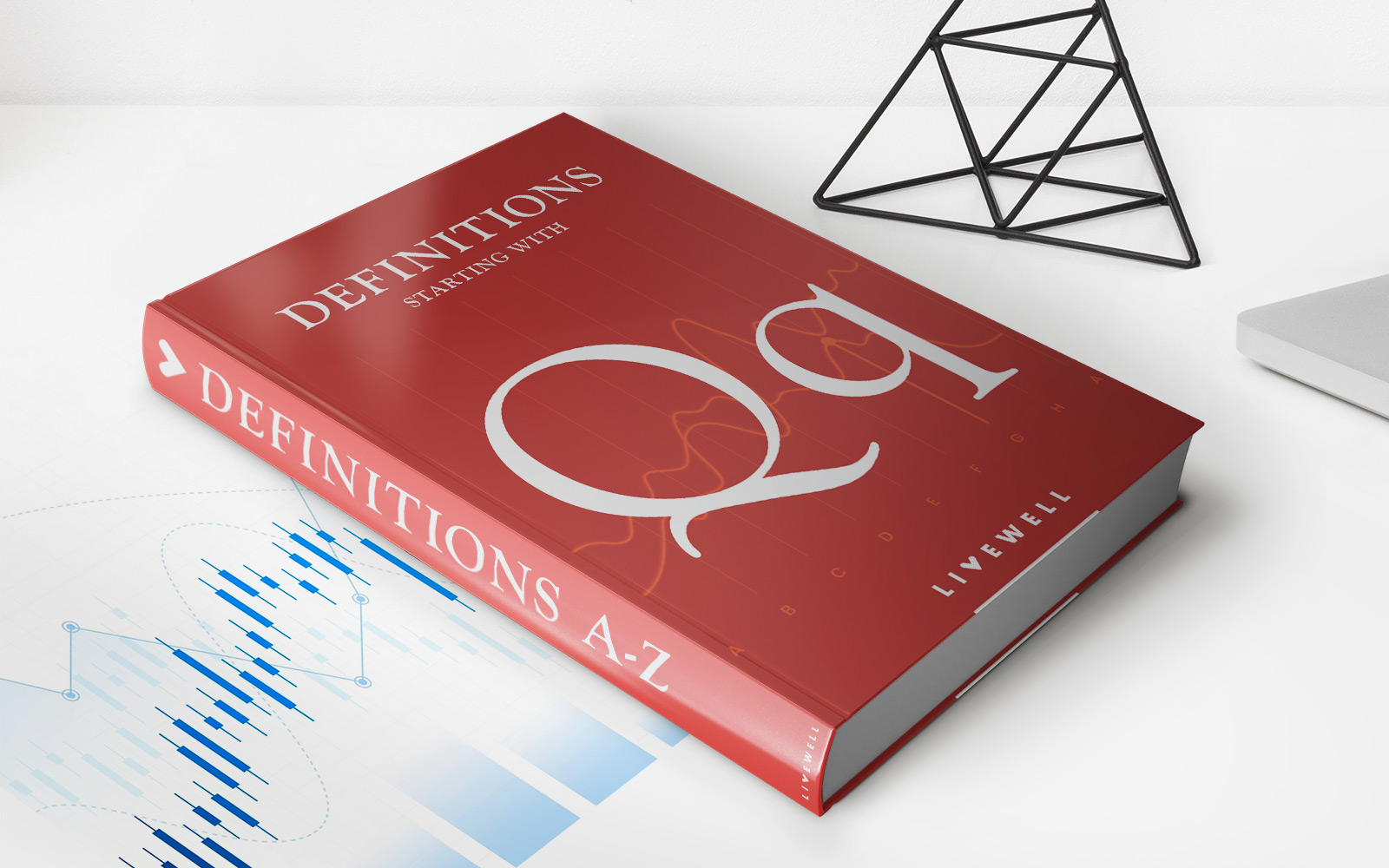Home>Finance>What Is A Debt Instrument? Definition, Structure, And Types
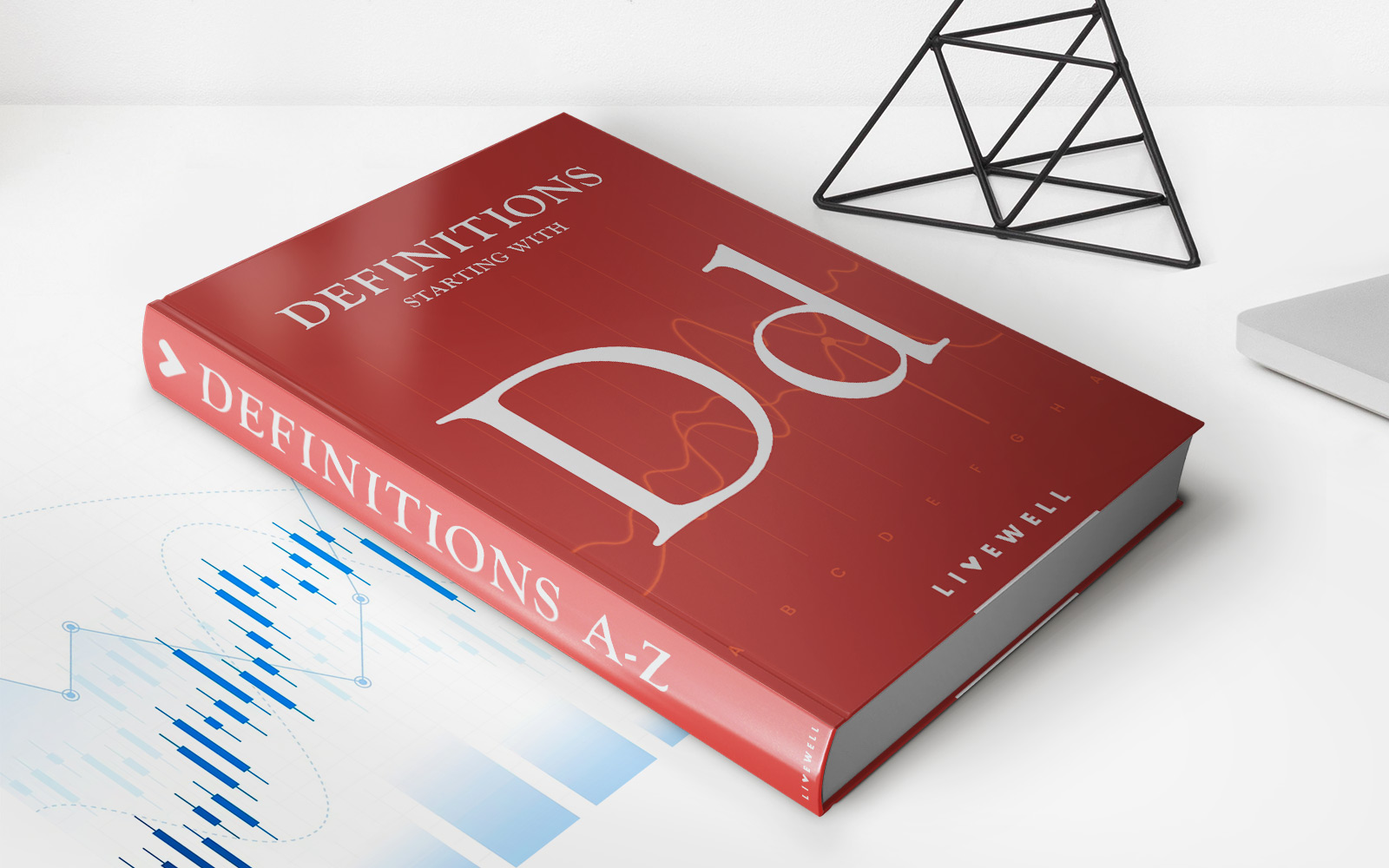

Finance
What Is A Debt Instrument? Definition, Structure, And Types
Published: November 8, 2023
Learn about debt instruments in finance, their definition, structure, and types. Gain a deeper understanding of the financial world with our comprehensive guide.
(Many of the links in this article redirect to a specific reviewed product. Your purchase of these products through affiliate links helps to generate commission for LiveWell, at no extra cost. Learn more)
What Is a Debt Instrument? Definition, Structure, and Types
When it comes to personal finance, understanding the different investment options available to you is crucial. One such option that you may come across is a debt instrument. But what exactly is a debt instrument, and how does it work? In this blog post, we will explore the definition, structure, and various types of debt instruments to provide you with a comprehensive understanding of this financial tool.
Key Takeaways:
- A debt instrument is a financial contract that allows an investor to lend money to an entity in exchange for regular interest payments and the return of the principal amount at maturity.
- Debt instruments can be structured in various ways, including bonds, loans, mortgages, and commercial paper.
Definition:
A debt instrument is a financial contract between two parties, the lender and the borrower, that enables the lender to provide funds to the borrower in exchange for regular interest payments and the repayment of the principal amount at the agreed maturity date. Essentially, it is a way for individuals, businesses, or governments to raise capital or borrow money from investors.
Structure:
Debt instruments have a defined structure that outlines the terms and conditions of the borrowing arrangement. This structure typically includes:
- Principal: The initial amount of money borrowed, which will be repaid by the borrower to the lender in the future.
- Interest Rate: The rate at which interest is applied to the principal amount, typically expressed as an annual percentage.
- Interest Payments: The regular payments made by the borrower to the lender as compensation for using their funds. These payments are usually made at specified intervals, such as monthly, quarterly, or annually.
- Maturity Date: The date on which the borrower is required to repay the principal amount in full. This can range from a few months to several years, depending on the nature of the debt instrument.
Types:
There are several types of debt instruments available, each with its own unique characteristics:
- Bonds: A bond is a debt instrument issued by governments or corporations to raise capital. Bonds typically have a fixed interest rate and a set maturity date.
- Loans: Loans are a common form of debt instrument where one party lends money to another party with the expectation of repayment over a specified period.
- Mortgages: A mortgage is a type of debt instrument used to finance the purchase of real estate. The property acts as collateral for the loan, and the borrower makes regular payments to repay the principal and interest.
- Commercial Paper: Commercial paper refers to short-term debt instruments issued by corporations to meet their immediate financial needs. They are typically unsecured and have a maturity of a few weeks to several months.
These are just a few examples of the numerous debt instruments available in the financial market. Each type has its own advantages, risks, and suitability for different investors. It’s important to carefully evaluate each option and consider your financial goals and risk tolerance before making any investment decisions.
In conclusion, a debt instrument is a valuable tool that allows borrowers to raise capital and lenders to earn a return on their investments. By familiarizing yourself with the structure and types of debt instruments, you can make informed decisions when it comes to managing your personal finances and investment portfolio. Remember, always seek professional advice if you are unsure about the suitability of any investment.


